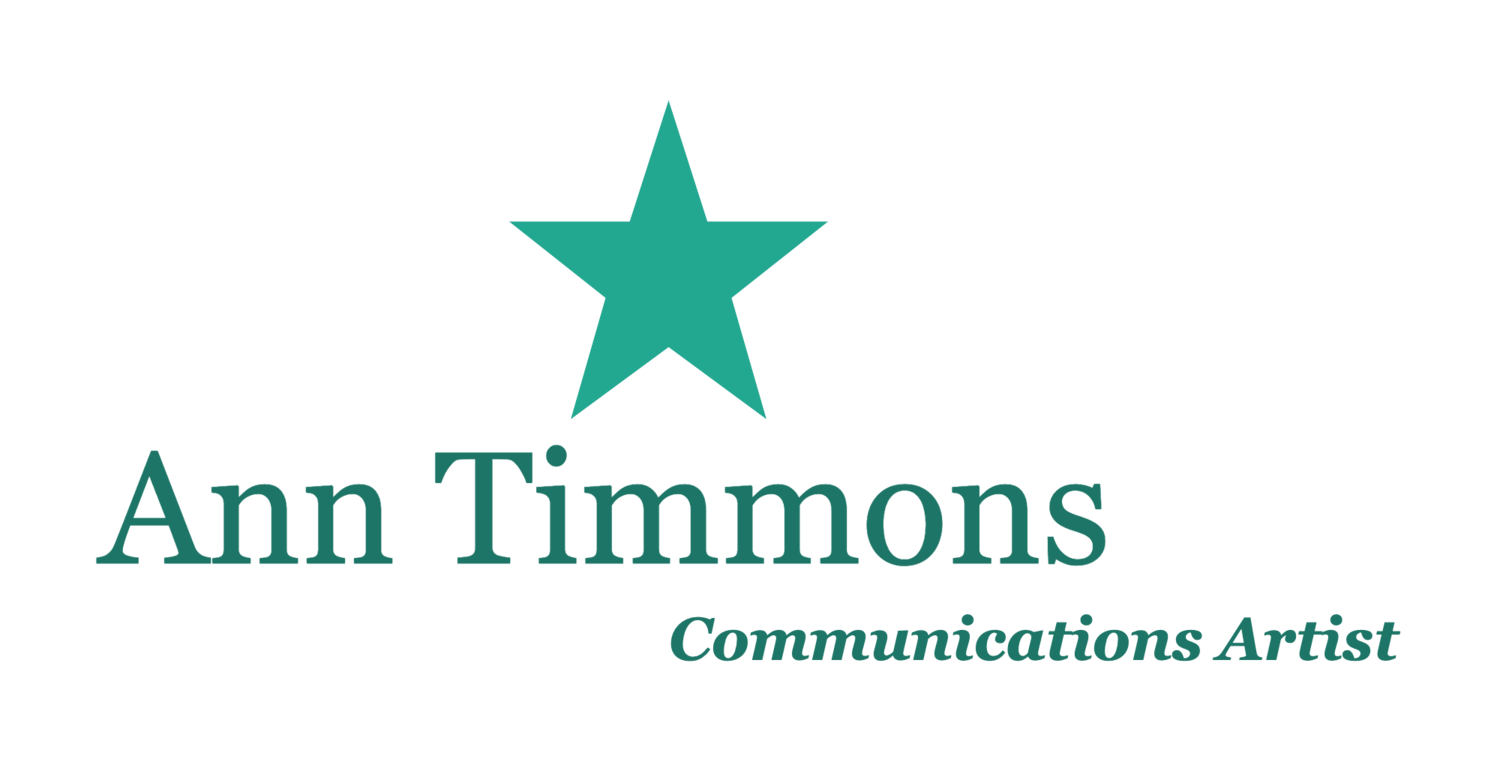 Getting the story out
Getting the story out
Why do writers write? This month's post discusses the human compulsion to share stories. Don't ignore that power, even in unlikely situations.
If you can take a professional development day this summer, think about tuning up your communication skill set in my Executive Communications Skills: One-Day Blitz? Check my workshop schedule for upcoming workshop dates.
Tips you can use!
Simplify, simplify, simplify
Your clarity of expression mirrors your clarity of thought. If listeners gets lost in your dependent clauses or confusing vocabulary they'll stop listening. Use simple sentences and active verbs. It's easier to keep an audience with you than to get them back!
Be bold this summer!
Now is a good time to clean out and polish up your communication toolkit. Try a new approach! Fewer folks around can mean more in-depth feedback, and a slightly slower pace gives you more opportunity to tweak, refine and try again. Look at the tools you are using and see how you can creatively maximize their potential. Come fall and you'll be ready to hit the ground running.
You may be hot but are you warm?
You may think you don't need that vocal warm-up because you aren't feeling the back and neck tension that comes from a winter's worth of shoulder-hunching. But remember, runners warm up before a race, even when it's hot out. You should, too.




